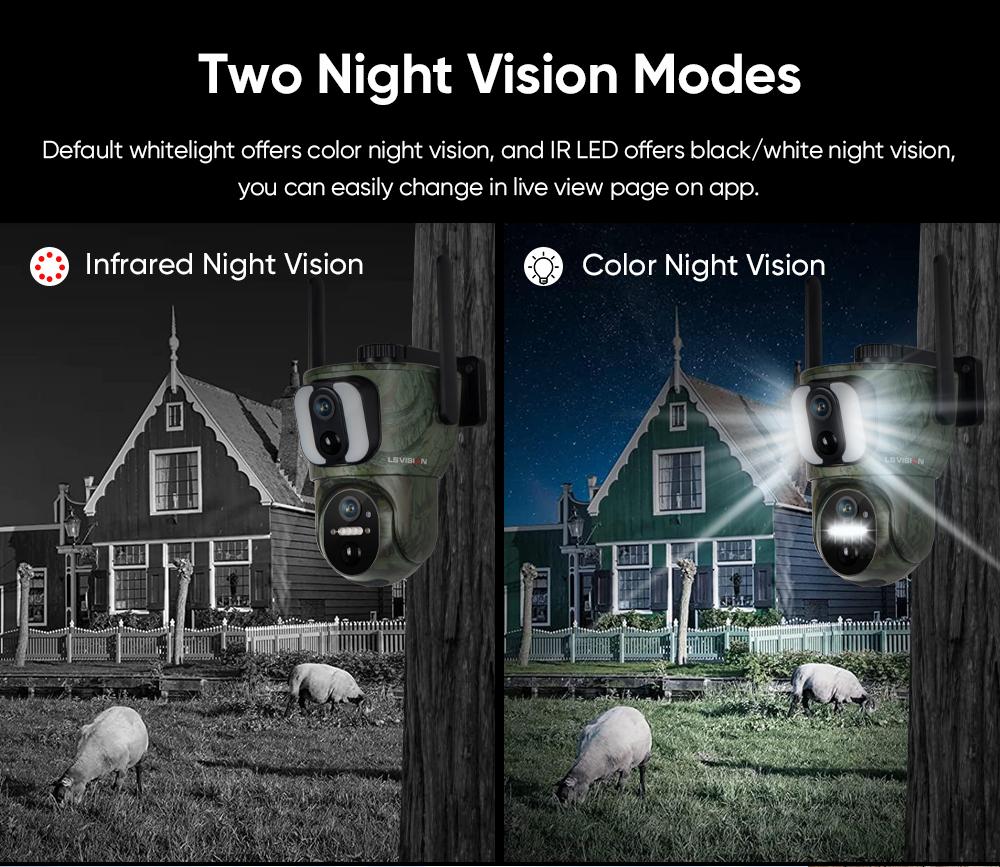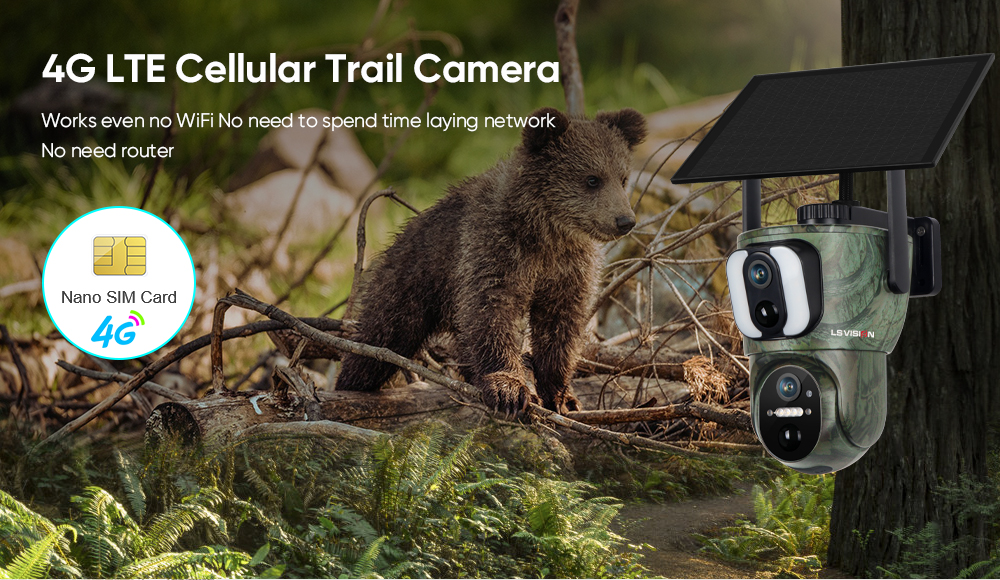Inhoudsopgave
ToggleWhen we think about outdoor activities like hunting or wildlife observation, trail cameras and hunting cameras come to mind as essential tools. These cameras play a crucial role in capturing the hidden lives of animals, monitoring security, or even providing evidence for law enforcement. Yet, these cameras also face several challenges, with battery life being one of the biggest hurdles.
In this blog post, we will discuss about application and challenges of battery power technology in outdoor environments, particularly in trail cameras and hunting cameras. We will also explore how modern technology addresses these challenges and recommend some solutions that can improve the performance of these cameras.

Understanding Trail Cameras and Jachtcameras
Trail cameras, often called scouting or game cameras, are devices designed to capture images or videos triggered by motion sensors. These cameras are widely used by hunters, wildlife enthusiasts, and property owners to monitor wildlife activity, secure premises, or gather evidence in remote areas.
On the other hand, hunting cameras are typically more rugged, and built to withstand harsh outdoor environments. Both types of cameras share similar applications but are designed with specific features to suit their unique uses.
The essence of a good outdoor wildlife camera is its ability to capture clear images in difficult environments, such as at night or in extreme weather conditions. However, the one factor that can ruin the functionality of these cameras is their battery life. The outdoor environment, where these cameras are placed, is unpredictable, and ensuring that the camera remains operational over extended periods becomes a real challenge.
Battery Power Technology in Outdoor Environments
The primary challenge with using trail cameras and hunting cameras in outdoor settings is their reliance on battery power. These cameras need to be energy-efficient to perform optimally in harsh weather and remote locations where access to recharging or changing batteries is limited.
Battery Types: Lithium-Ion vs Alkaline
Two main types of batteries are typically used in hunting cameras and trail cameras: lithium-ion (Li-ion) and alkaline batteries.
- Lithium-Ion (Li-ion) Batteries: These are the most common choice for trail cameras because of their high energy density, long-lasting charge, and ability to withstand cold temperatures. They are rechargeable, which makes them a more environmentally friendly option in the long run.
- Alkaline Batteries: While not as energy-efficient as Li-ion, alkaline batteries are more readily available and affordable. They are often used in situations where cameras are deployed in areas with limited access to charging facilities.
Despite the advancements in battery technology, the outdoor environment poses several issues that can degrade battery life, especially under extreme conditions like cold or hot weather, which impacts the battery’s overall performance.
The Challenges of Outdoor Environments
Outdoor conditions play a significant role in the performance of batteries used in trail cameras and hunting cameras. Factors like temperature, humidity, and exposure to elements such as rain or snow can directly impact the efficiency of these batteries.
- Cold Temperatures: When exposed to cold weather, most batteries experience reduced capacity. Lithium-ion batteries, in particular, suffer from a decrease in energy output when temperatures drop. As a result, your outdoor wildlife camera may not work as effectively, capturing fewer images and videos or shutting down completely.
- Hot Temperatures: On the flip side, extremely hot weather can cause batteries to overheat, leading to quicker self-discharge. High temperatures also speed up the aging process of the battery, which shortens its lifespan and requires more frequent replacements.
- Humidity and Moisture: High humidity can cause internal corrosion in batteries, damaging electrical connections and significantly decreasing their performance. Excess moisture can lead to battery leakage or complete failure.

Power Consumption of Trail Cameras
Several factors determine how much power a hunting camera or trail camera will consume. These factors are linked to the specific features of the camera and how often they are used.
- Sensor Sensitivity: Cameras with high sensitivity tend to capture more images or videos, which leads to higher power consumption. A camera set to detect even the smallest movements will use more power than one that triggers only significant motion.
- Image Resolution and Video Quality: High-resolution images and videos consume more power because they require more processing and storage. Cameras with HD or 4K capabilities may need more battery power to operate.
- Night Vision and Infrared (IR) Illumination: To capture images in low-light conditions, many cameras rely on infrared LEDs. These lights consume a significant amount of energy, particularly if the camera is activated frequently.
- Wireless Transmission: If the camera transmits images or videos wirelessly, it can drain the battery faster. Wireless transmission, especially when the camera uploads data in real-time, demands a lot of power.
How to Optimize Battery Life
To improve battery life and make the most of your outdoor wildlife camera, here are some strategies:
- Adjust Camera Settings: By lowering the camera’s sensor sensitivity and resolution, you can reduce its power consumption. Choose lower settings for the video quality if possible, and adjust the camera to trigger only when significant movement is detected.
- Use Low-Power Modes: Many hunting cameras have low-power modes that reduce the power usage when the camera is not in use. Some cameras automatically go into hibernation or deep sleep when no motion is detected for extended periods.
- Invest in Solar Panels: Solar panels are a great way to supplement the battery life of trail cameras. With solar-powered options, you can ensure your cameras keep running without worrying about frequent battery changes. This is especially useful in remote areas where access to electricity is limited.
- Use High-Capacity Batteries: Opting for high-capacity rechargeable batteries can extend the operating time of your camera. Some cameras are even designed to support larger battery packs or external power sources.
- Consider External Battery Packs: For longer-term deployments, using external battery packs can provide the necessary power to keep your camera running. This is especially useful for wildlife monitoring over several weeks or months.

Real-World Examples and Impact
Many wildlife researchers and outdoor adventurers use trail cameras to monitor animal behavior, protect crops, or secure their property. For example, the use of hunting cameras in remote areas allows for wildlife observation without disturbing the natural habitat. These cameras have proven to be incredibly useful in capturing wildlife activity, especially for animals that are elusive and difficult to observe directly.
However, in these settings, a camera’s power supply can make all the difference. Without an efficient battery system, these cameras would lose their utility, especially during long-term monitoring efforts in remote regions. Solar-powered trail cameras are becoming more popular as they provide continuous power without relying solely on batteries.
Enhance Your Outdoor Monitoring with LS VISION
Battery power is crucial for the operation of trail cameras and hunting cameras in outdoor environments. While challenges like extreme temperatures and high power consumption exist, strategies such as adjusting camera settings, using solar panels, and investing in high-capacity batteries can help extend battery life.
For reliable performance, consider LS VISION’s range of hunting cameras and trail cameras, which offer advanced features and solar-powered options, ensuring you get the best results in outdoor settings.
For more information or to make a purchase, feel free to contact us at Phone: +86 13662574726 or Email at Jennylee@lishigroup.com. We’re here to help!

